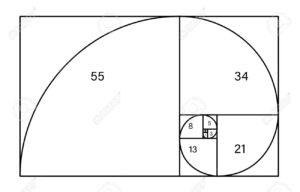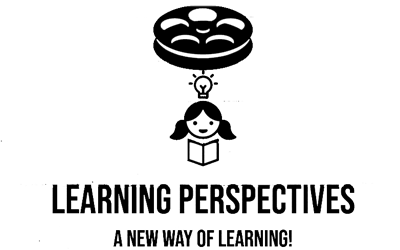Movie Case Study
A Boy sitting in an airplane seat is reciting some numbers which as 144, 233, 377, and 610. When the girl sitting behind her says another set of numbers that are 987,1597,2584. These are actually the Fibonacci sequence numbers. 144 is the 12th number in the sequence of Fibonacci numbers. Learning Perspectives will explore the meaning of the Fibonacci sequence in this blog.
What is Fibonacci Sequence?
Fibonacci numbers are used in rhythms and music too and hence the girl mentions that it is invaluable for musicians. These numbers have an amazing variety of applications, not only to poetry, but also to nature, art, music, science, and many areas of mathematics and finance.
In the Fibonacci sequence, each term is the sum of the two preceding terms. For example: In this case, 144+233=377 and 377+233=610. This number sequence’s name is derived from an Italian man called Leonardo Fibonacci. This is one of the most important ratios that describe everything in nature, from an atom to the patterns in the universe.
The mention of Fibonacci numbers (mātrāmeru) is found in the Pingala Sutra which was written by Acharya Pingala in the 2nd Century BC. Fibonacci did not find these numbers, Acharaya Pingala did. These numbers were named after Fibonacci. Pingala is also credited with the binomial theorem for index 2, i.e. for

Golden Ratio
The golden ratio is approximated by the Fibonacci ratio. The “golden ratio” is a unique mathematical relationship. The golden ratio describes predictable patterns. The ratio is approximated at 1.618. This golden spiral is created by drawing rectangles and the resultant rectangle and the spiral are also called the Golden Rectangle.
A golden ratio of 1.618 is found everywhere in nature; hence, it is termed divine. If you look at a sunflower, you will see a beautiful pattern of two spirals, one running clockwise and the other counterclockwise. The seeds of sunflowers and pine cones twist in opposing spirals of Fibonacci numbers.
Case breakdown: Movie Da Vinci Code
This movie is based on Dan Brown’s book, “The Da Vinci Code”. The code was based on Fibonacci numbers, if you observe the scene, you can see how the lead actress is typing in all the numbers in that sequence. She types in 1,1,2,3,5,8,13,21.
Now, how did she get this code, it is pretty simple really, 1+1=2, 2+3=5, 3+5= 8, 8+5=13, and 13+8= 21.
In one of the chapters of the book, Professor Langdon (played by Tom Hanks in the movie) recalls a lecture he gave at Harvard on the Fibonacci numbers and the golden ratio, also known as the divine proportion.
In his lecture, Langdon makes a series of amazing claims about the prevalence of the divine proportion in life and nature. The divine proportion — is sometimes represented by the Greek letter φ,(phi). It is one of nature’s own mysteries. He says “Measure the distance from the tip of your head to the floor. Then divide that by the distance from your belly button to the floor. Guess what number you get.” The number would be phi or approximately 1.6.
Understand the Fibonacci Sequence with a Video
References:
https://www.discovermagazine.com/the-sciences/cracking-the-da-vinci-code
https://web.archive.org/web/20120616225617/http:/www.sju.edu/~rhall/Rhythms/Poets/arcadia.pdf








